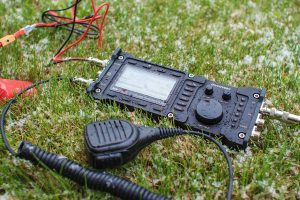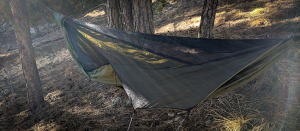Broadhead Tuning
3 min readBroadhead Tuning
Getting arrows to fly well has been a huge issue for many for a long time. So huge that it launched a multi-million dollar business segment for mechanical (expandable) broadheads. Do you shoot mechanicals? Don’t worry, this article doesn’t bash mechanical shooters.
Regardless if you’re a mechanical or fixed blade shooter I suggest that you read and implement what is discussed in this article. Simply screwing in your broadheads and going hunting, without shooting, isn’t wise and may even put you in a position where you wound or miss an animal. You’ve worked so hard to get the point of making the shot – don’t skimp of your preparation.
A number of years ago I was watching a well known bowhunting TV show. The host was spending some time with a coach – a very wise thing for all of us to do. The TV host asked about broadhead flight. He admitted that in the late summer he’d screw in his broadheads then re-sight in his bow. I just about came out of my skin! If nothing changes the weight of the arrow a field point arrow and a broadhead arrow “should” fly that same. However, we’ve all experienced that they don’t always fly that same. So, why is that? Actually, there’s a very simple explanation. It’s simple aerodynamics.
I grew up around airplanes. When I was a kid I would put my hand out of the window while we were driving down the road and “fly” my hand up and down. I’d angle my hand up and the airflow would take my hand higher. Angle my hand down, it would fly down.
With a broadhead, especially a fixed blade, the blades are basically an extra set of vanes on the front of the arrow. If an arrow is leaving the bow slightly nose down (up or left or right) the arrow will be driven even further in that direction. That explains why some say “my broadheads don’t fly like my field points”. So why do field points land where they do? Field points are aerodynamically forgiving, a broadhead is not.
Give this a try. Once your bow is sighted in to your maximum shooting distance shoot a field point arrow then mark where it lands with a wooden golf tee, then shoot your broadhead arrow at the same distance – start at 20 yards. Compare where the broadhead lands to where the field point lands. Keep doing this out to your max shooting distance (as long as the broadhead arrow is still landing in the target).
If the broadhead arrow lands lower than your field point arrow adjust the rest up – a very slight amount. The concept is that we want to move the broadhead arrow to the field point arrow. Usually only a very slight movement is needed. 3″ low at 60 yards means the rest should only be moved approximately 1/32nd of an inch. Keep making the necessary adjustments until the field points and broadheads are landing together at all distances. Don’t forget that to ensure that you’re starting this process with properly spined arrows.



